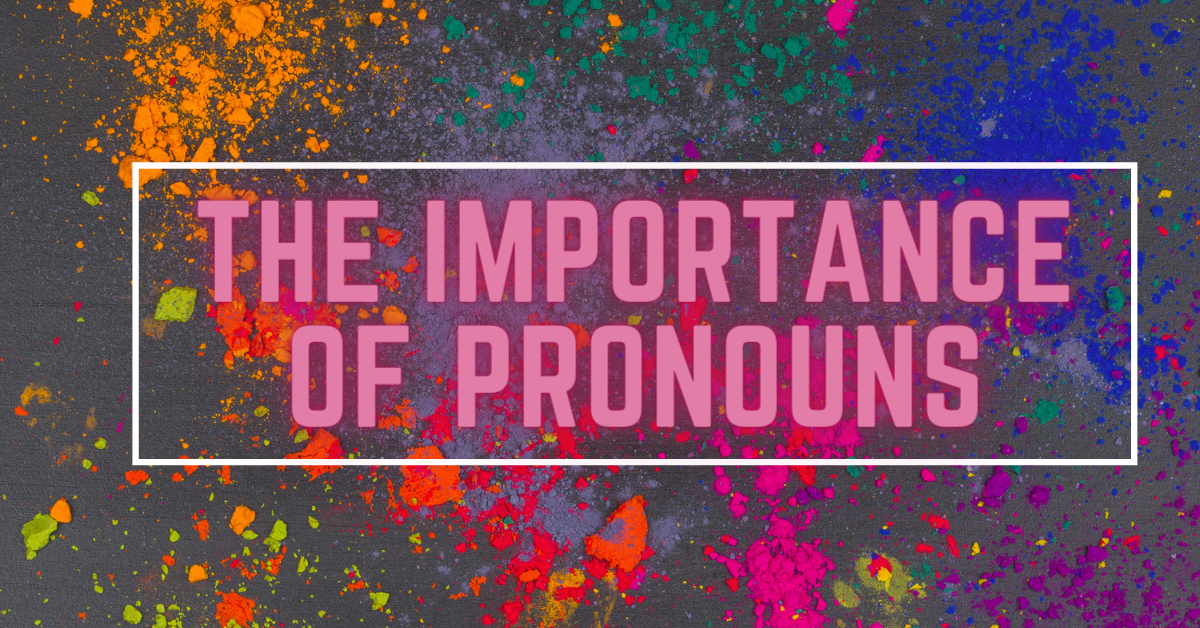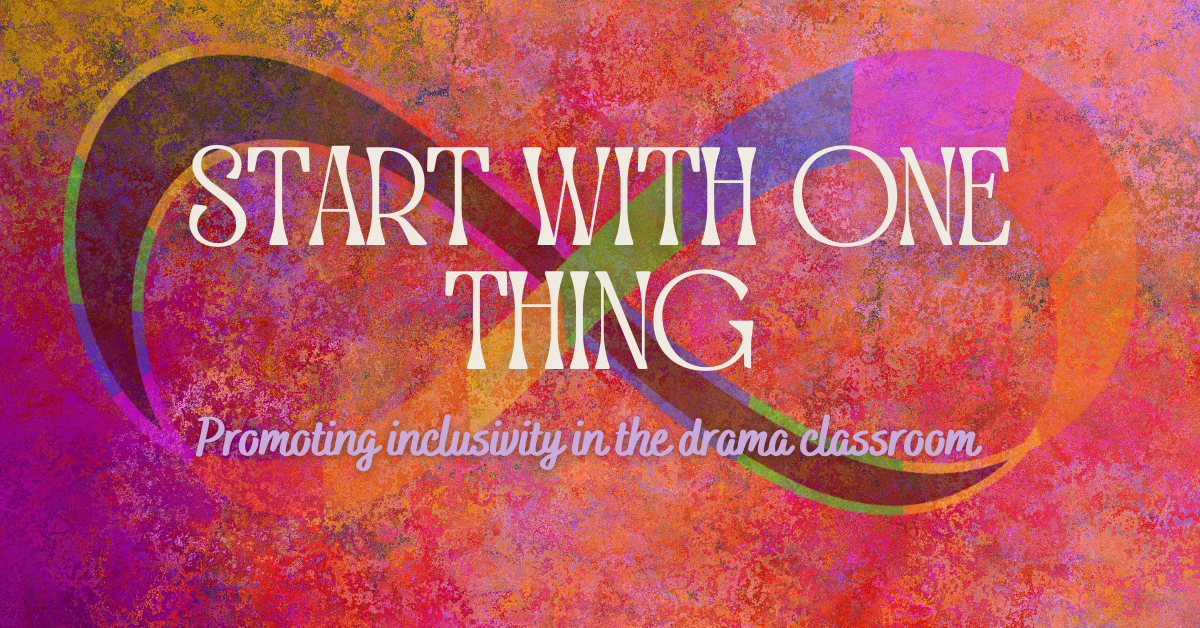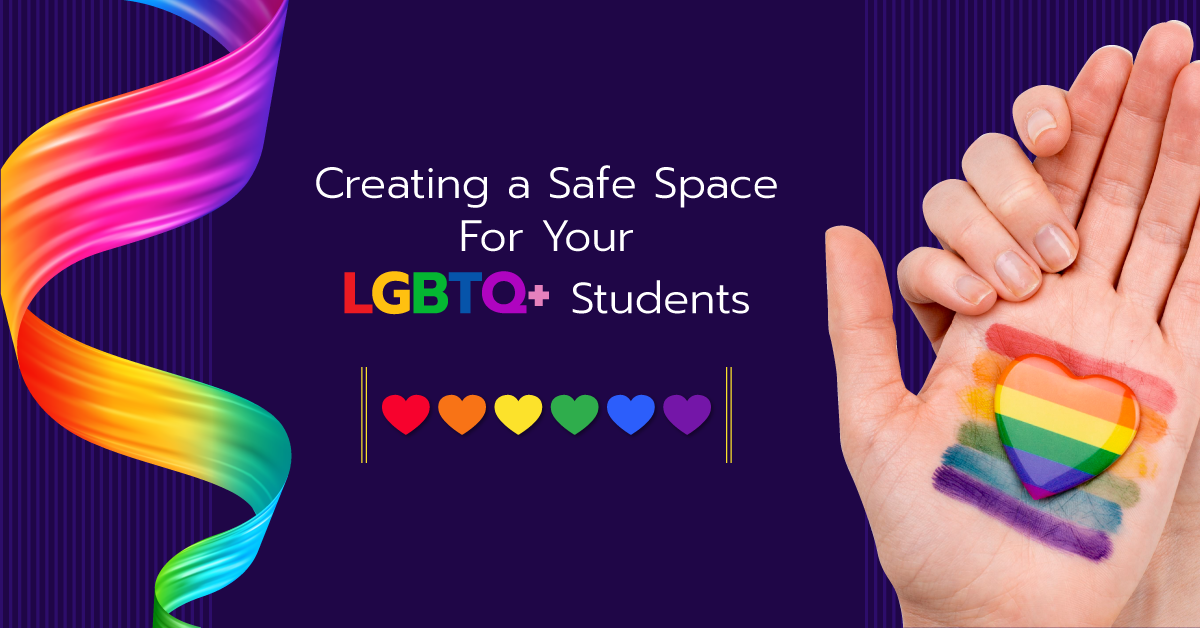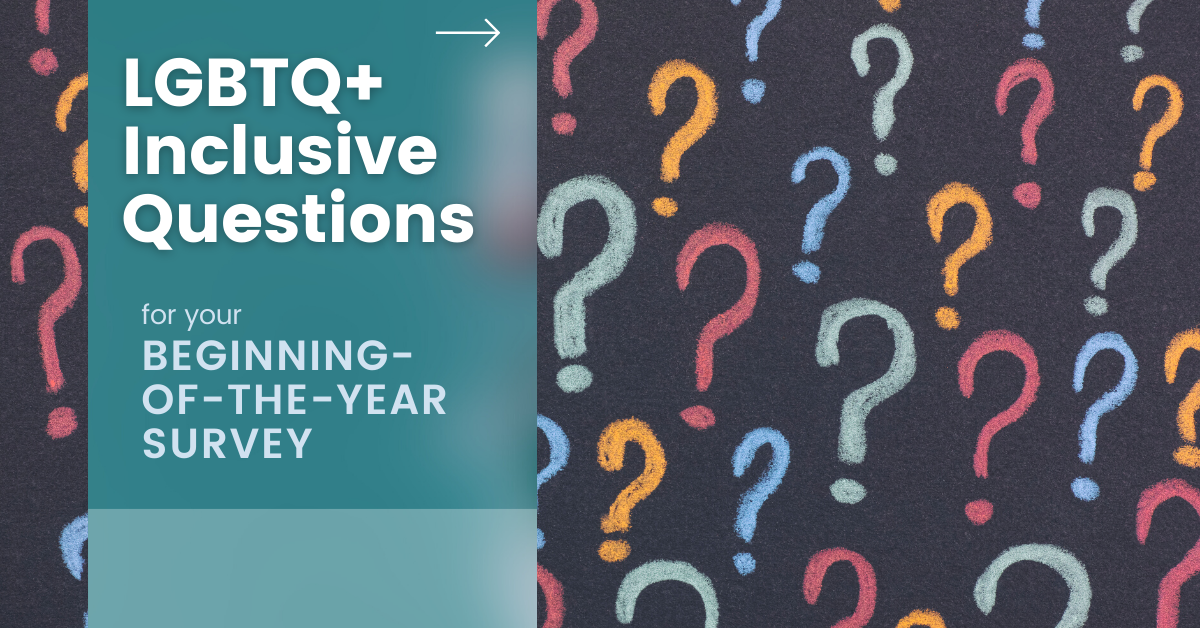The Importance of Pronouns
The Theatrefolk 2021–2022 Equity, Diversity & Inclusion Advisory Panel shares its thoughts on pronouns.
“I grew up with a mom and two sisters. There was a lot of female power. Growing up with that I felt feminine. As I grew older, and discovered about myself, sometimes in my look and the way I present myself, it’s ‘they’.” ~ Julie Z. (she/they)
What are pronouns?
They act as a substitute for and often a short form of other nouns. When referring to people, they are used instead of a person’s name. There are gender-specific pronouns (He/Him and She/Her) and there are nonbinary pronouns (They/Them, Ze/Hir, Ve/Vir). There are also individuals who use a combination of pronouns (She/They). Note: This is by no means the entire list of pronouns!
It is an assumption that everyone wants to use gender-specific pronouns. It is an assumption that you can guess a person’s pronouns by looking at them or hearing their name, or that only some people choose their pronouns.
Why are pronouns important?
If someone uses a gender-neutral pronoun, that means they’ve probably thought long and hard about it. They have determined that who they are inside, their identity, cannot be encapsulated by existing gendered pronouns. It is a measure of respect for that person to use their chosen pronouns, whatever they may be. There are a lot of pronouns out there, just as there are a lot of different identities out there. Pronouns are fluid. Some change their pronouns as they figure out who they are; some change their pronouns depending on who they’re talking to.
Should I ask, “What is your personal pronoun?” or “What is your preferred pronoun?”
The best way to ask is “What pronouns do you use?” or “What pronouns should I use for you?”
For some, personal pronouns lean toward being gendered. Saying “these are my preferred pronouns” means those are the pronouns they want to use. Some use “preferred” pronouns because “personal” makes it sound like they’re private and not to be shared.
For some, “preferred” means there’s an option, as opposed to “these pronouns are the only ones that should be used.” To that end, they prefer “personal” pronouns.
Should I ask everyone their pronouns?
Absolutely. But to be clear, everyone means EVERYONE. Do not single out students you assume are LGBTQ+ or who you think look like they would have a different pronoun. Never force someone to share their pronouns or question a student for what they share.
Normalize the act of sharing pronouns in your classroom culture. Make it commonplace to identify your pronouns and have a procedure in place for students to do so.
What if I misgender someone?
It all comes back to respect. If your goal is to respect all of your students, do your best to use their chosen pronouns. Talk slower than you’re used to. Think about what you’re saying. And if you do misgender someone, don’t make the situation about you by exaggerating your remorse or making a long apology. Acknowledge it, correct yourself, and move on. As it is with everything in life, the more you practice the easier it will become. It takes time.
And if you see students misgendering others in your classroom, consider tactics for accountability. You want students to feel safe. Respecting a person’s identity is a big part of securing student safety.
How can I explain the importance of pronouns to someone?
Inclusion is an important conversation. So why is it such a hard sell? Why is it easy for some to talk about supporting inclusion but not use a student’s pronouns when talking about them? Why is it hard to change a student’s name on the school roster so that a substitute teacher doesn’t use someone’s dead name? Some people are resistant to gender identity issues and avoid taking action that could help make a student feel safe and included.
How do you frame the importance of pronouns for these individuals? Here are some suggestions:
- Everyone wants their students to succeed. Using their chosen pronouns is conducive to students’ success.
- If a colleague emphasizes the importance of community in the classroom, say that not using a student’s pronouns demonstrates that not everyone is welcome in their community.
- SEL (social and emotional learning) is a hot topic. What better way to build relationships and show social awareness than to establish these inclusive and safe spaces?
- Emphasize that pronouns are part of a student’s identity. Gender identity does not equal sex. Body parts do not equal identity.
- Do you have a group or club for LGBTQ+ students? Have the student leaders come in and talk to your staff. It’s important to listen to the students’ perspectives, and see and hear how students want to be seen and heard.
- Make the nickname argument. We as a society have no problem when students (or anyone) want to be called by a different name than what is on the school roster:
- The roster says “Allison” but the student wants to be called Ally.
- The roster says “Amelia” but she goes by Minnie.
- The roster says “Robert” but no one has ever called him anything but Bud.
Why are we okay with these names — names that aren’t “official” — but we’re not ok with a name or pronoun they request?
- Demonstrate what it feels like. Say to your male colleague, “If I were to call you Miss Smith repeatedly, no matter how many times you corrected me, how would that make you feel?”
What else can I do?
- Again, normalize talking about pronouns. The more it happens, the better.
- Put your pronouns in your email signature and Zoom profile name.
- If you use name tags, use ones with a place for a pronoun.
- Do something for International Pronouns Day (next year’s date is October 19, 2022).
- Be aware if a student only wants their pronouns used in specific environments (like your classroom).
Finally, it’s important to know that there are many pronouns. And they change. There’s no reason people shouldn’t be able to choose how they wish to be identified. Perhaps you won’t understand their choice. You don’t need to. But it’s up to you to welcome, to respect, to be open, and see what a difference that makes.
Disclaimer: Check with your administration and district policy about anything discussed in this article with regard to LGBTQ+ (LGBTQIA, LGBTQ2S), as laws vary from region to region.
Terminology:
L = Lesbian. Women sexually/romantically attracted to women.
G = Gay. Men sexually/romantically attracted to men.
B = Bisexual. People sexually/romantically attracted to their own and other genders.
T = Transgender. People whose gender identity differs from the sex they were assigned at birth.
Q = Queer/Questioning. An umbrella term with a variety of meanings. Used by some individuals who don’t identify as straight or cisgender and do not conform to traditional societal norms with regard to gender and sexuality, or who are questioning their sexuality or identity.
I = Intersex. An umbrella term. A person born with sex characteristics that do not fit binary definitions of male and female.
A = Asexual. People who feel little to no sexual attraction to others.
2S = Two-Spirit. An umbrella term used by some Indigenous people who identify as having both a male and female spirit.



